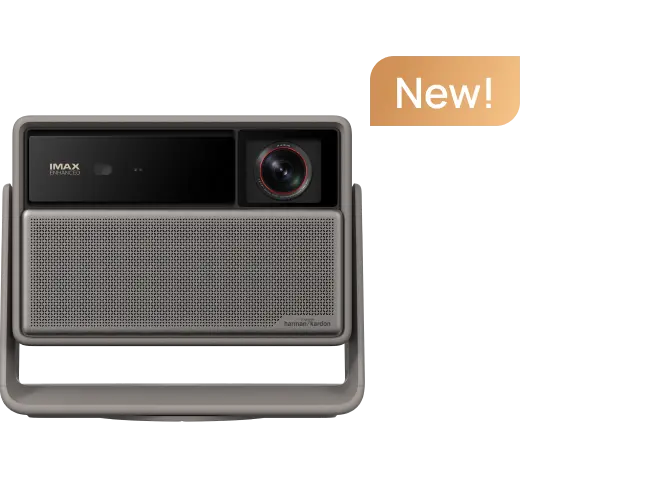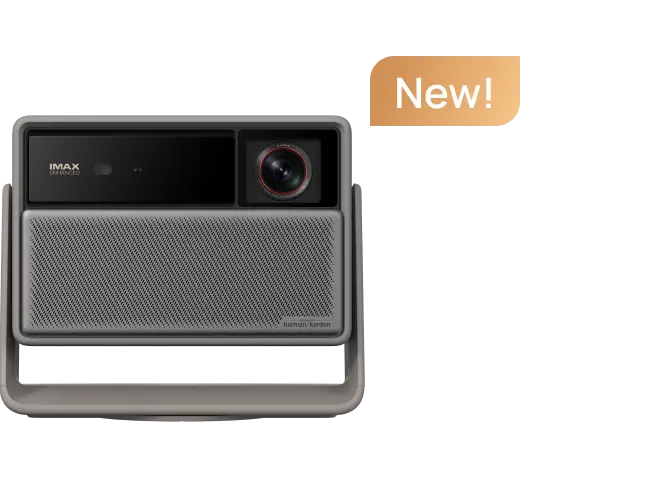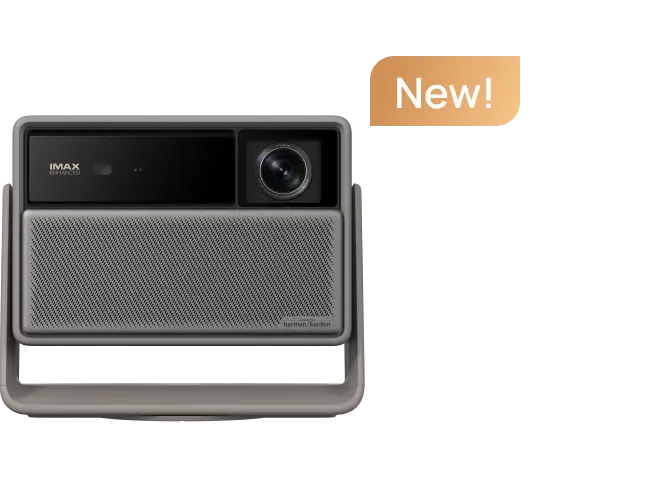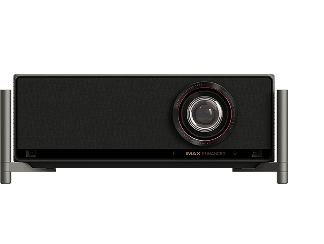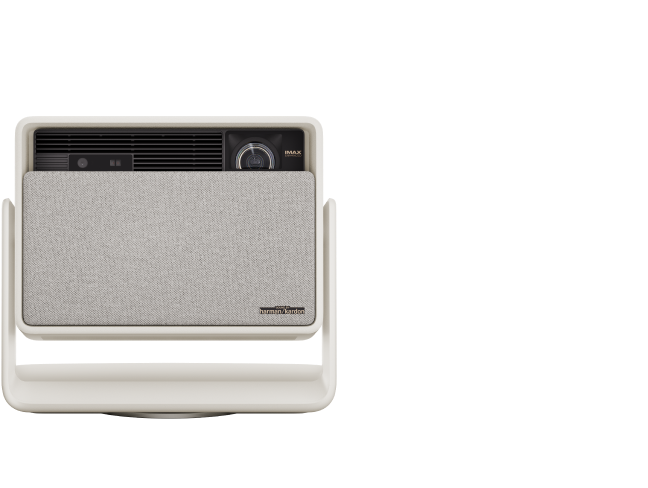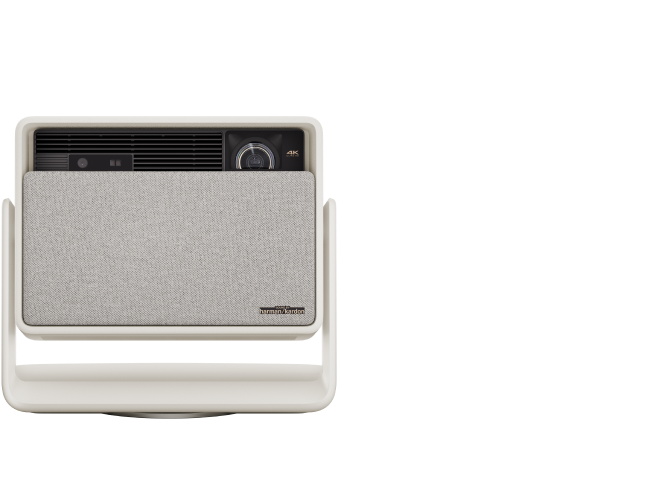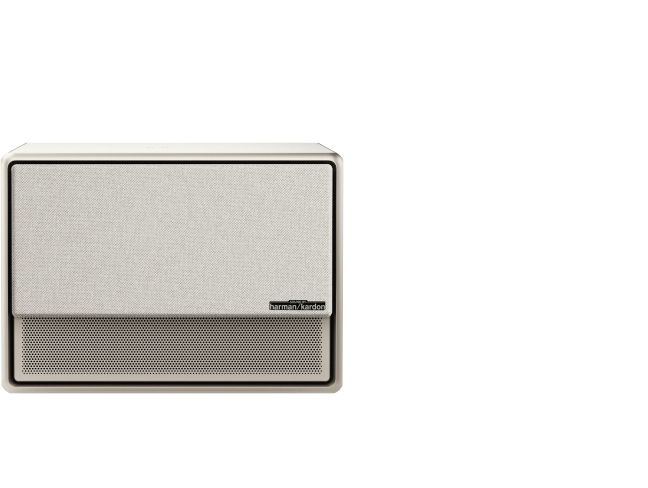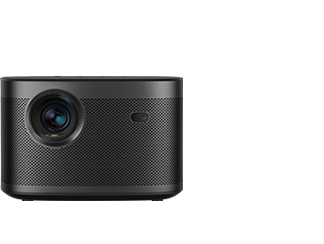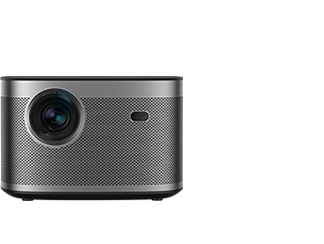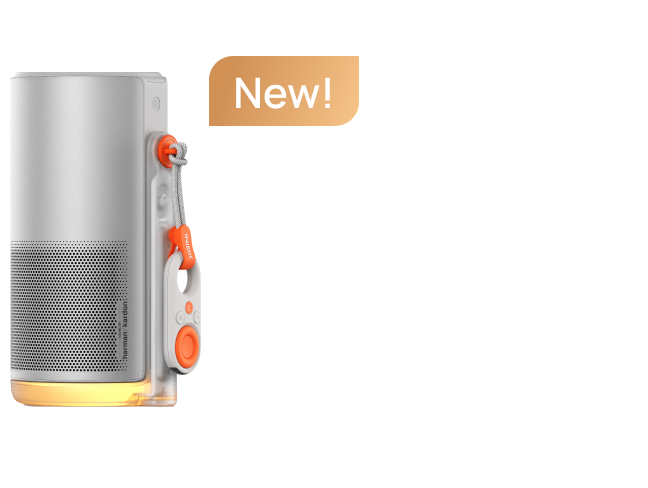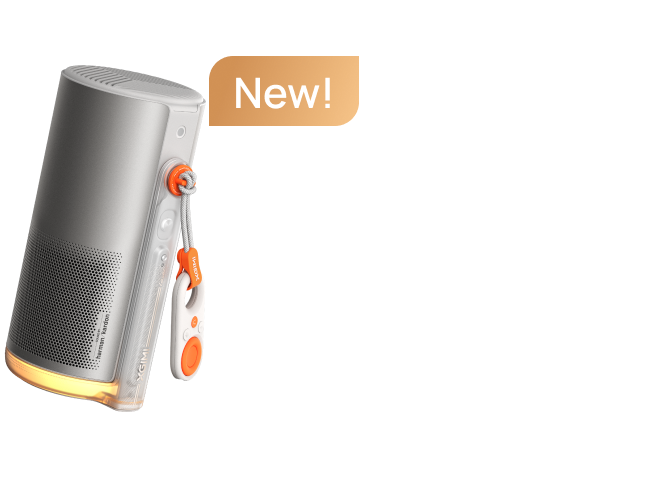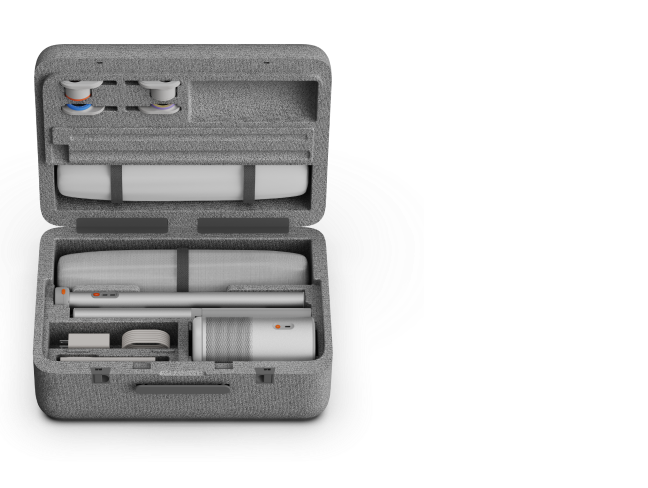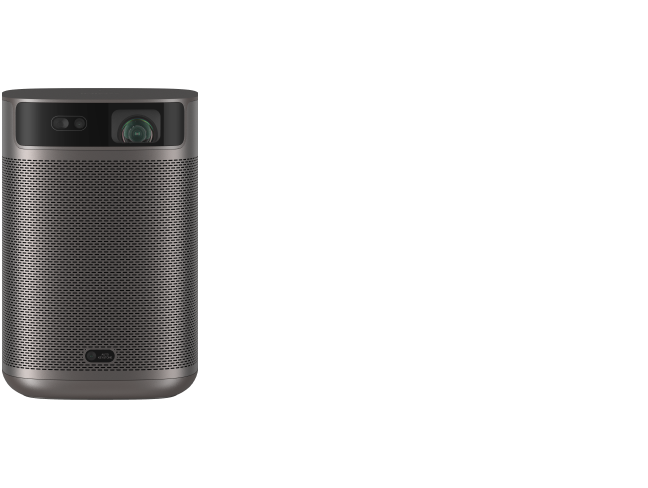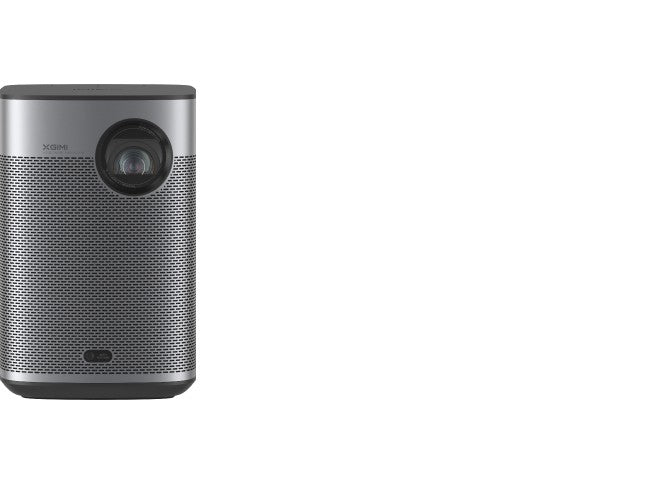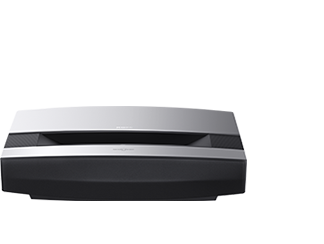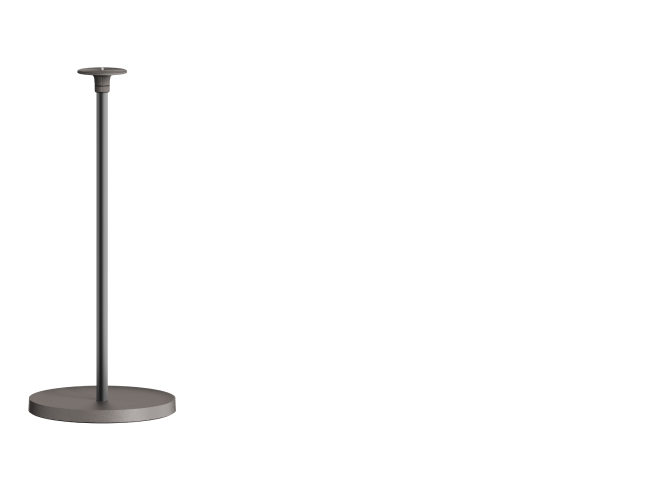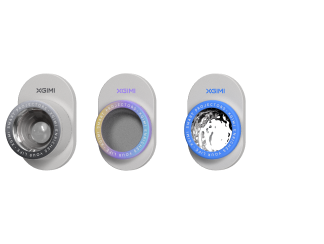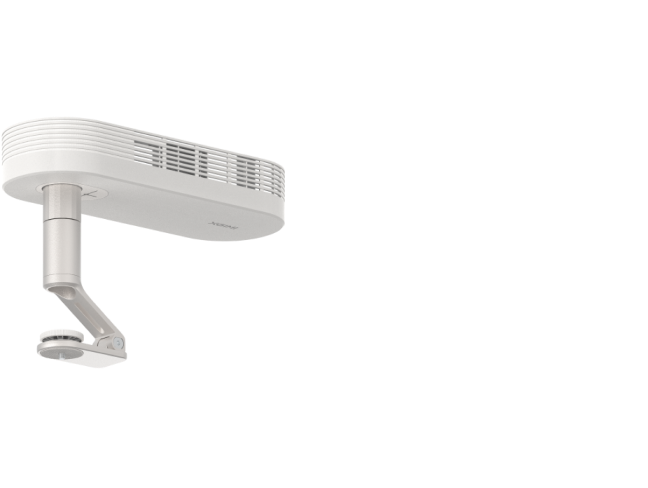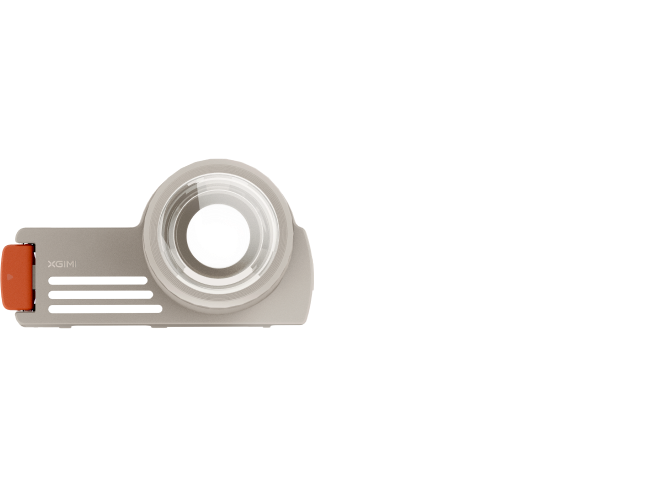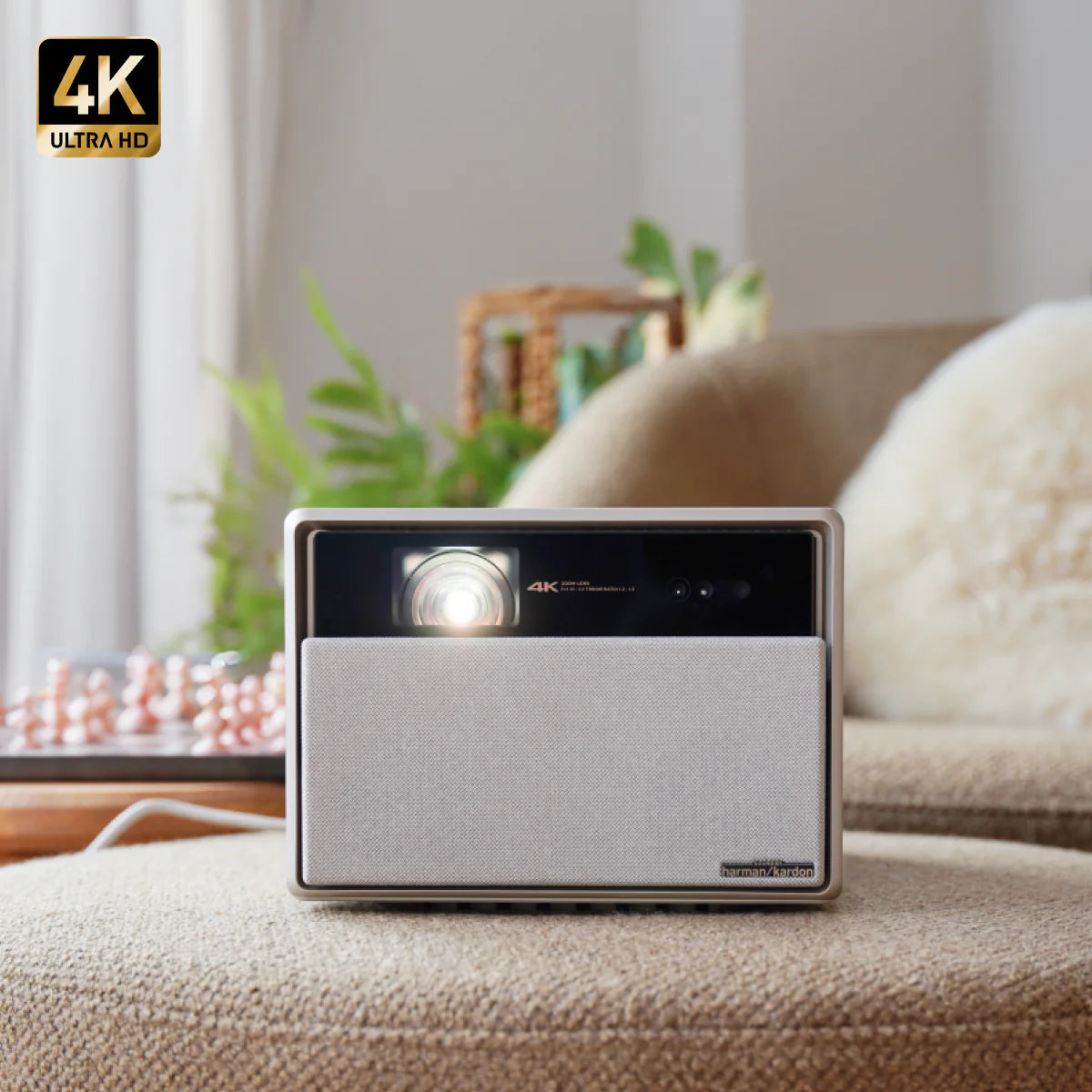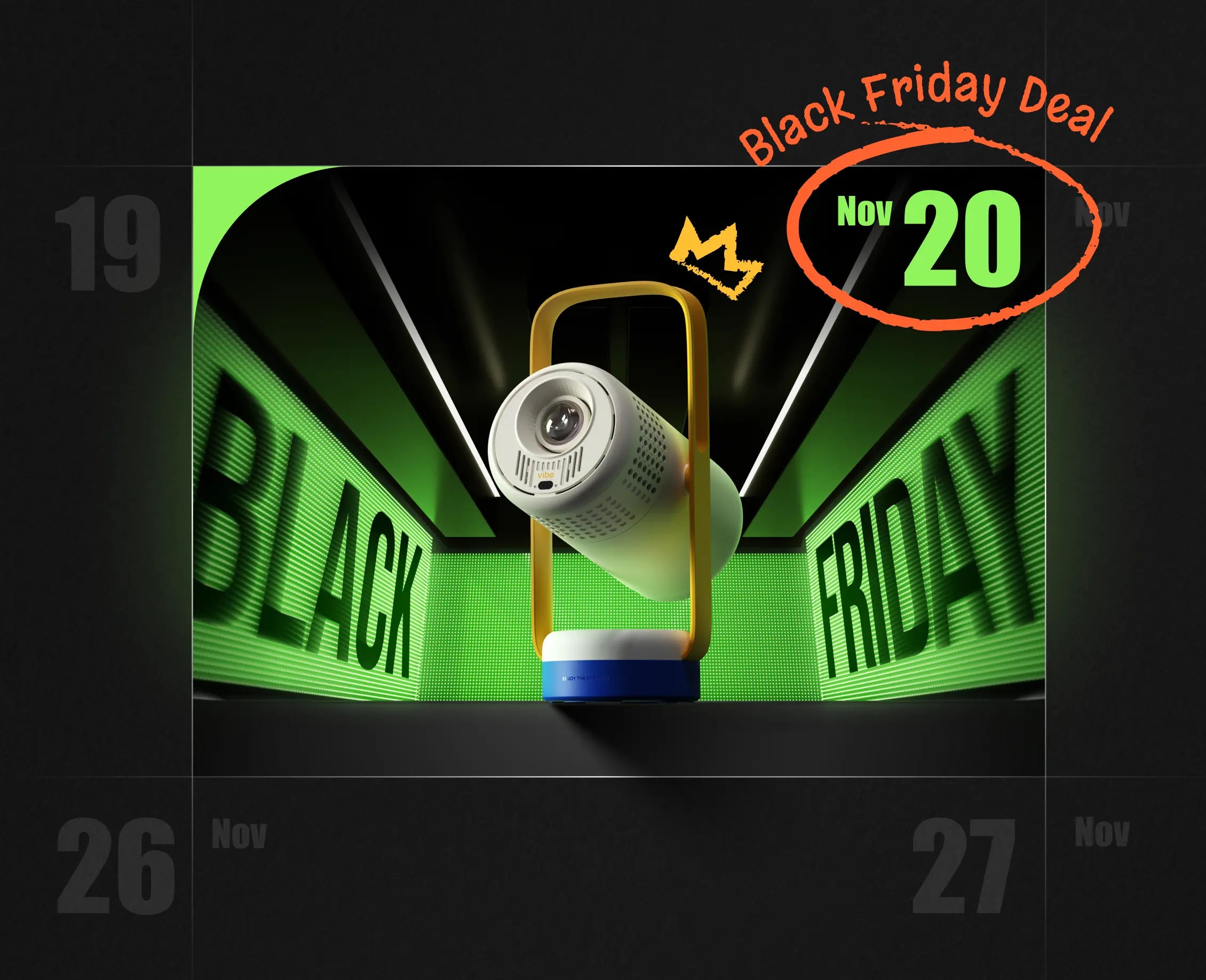Can Projectors Really Be HDR?
By XGIMI Tech - 2024-3
SDR, or Standard-dynamic-range video, is a video technology that can represent a video or picture's colors with a maximum luminance of around 100 cd/㎡, a black level of about 0.1 cd/㎡ , and a Rec.709/sRGB color gamut. It uses the gamma curve as its electro-optical transfer function.
Instead, On January 4, 2016, the Ultra HD Alliance announced its certification requirements for an HDR display. The HDR display must have a peak brightness of over 1000 cd/㎡ or a peak brightness of over 540 cd/㎡ and a black level of less than 0.0005 cd/㎡. The two options allow for different types of HDR displays, such as LCD and OLED.
Now, let's delve into the critical aspects of the topic "Can Projectors Be HDR?"
What Is Dynamic Range?
Dynamic range is a contrast or the difference between the brightest and darkest parts of a scene.
The dynamic range that can be perceived by the human eye in a single image is around 14 stops.
SDR video with a conventional gamma curve and a bit depth of 8 bits per sample has a dynamic range of about six stops.
What Is HDR?
High dynamic range (HDR), also known as wide dynamic range, extended dynamic range, or expanded dynamic range, is more elevated than usual.
HDR was a new technology developed in the 2010s to overcome SDR's limits. It allows for a broader spectrum of luminance levels between an image's darkest and brightest parts. This results in more details in the shadows and highlights, providing a more lifelike and immersive viewing experience. It has become a standard feature in many display devices, including televisions and projectors.
Differences Between HDR and SDR
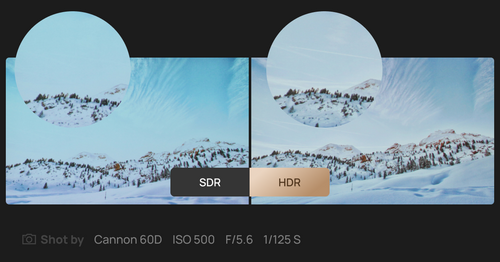
If you need help understanding the numbers in the above definitions, the following points about the differences between SDR and HDR will help you.
1. Contrast Ratio:
a. SDR: Has a more limited contrast range.
b. HDR: Offers a higher contrast ratio, displaying deeper blacks and brighter whites.
2. Color Gamut:
a. SDR: Has a narrower color range.
b. HDR: Supports a broader color gamut, allowing for more vibrant and accurate colors.
3. Color Depth:
a. SDR: SDR typically uses 8 bits per color channel, producing 24 bits per pixel (8 bits each for red, green, and blue). This allows for a maximum of 16.7 million colors to be displayed.
b. HDR: HDR content, conversely, can reach a color depth of 12-bit. A 12-bit HDR system further increases the precision, allowing 4,096 levels per color channel.
4. Brightness:
a. SDR: Typically, it has lower brightness levels.
b. HDR: Achieves higher brightness levels, contributing to a more dynamic image.
5. Detail in Shadows and Highlights:
a. SDR: May lose details in extreme highlights or shadows.
b. HDR: Retains more details in the image's dark and bright areas.
Challenges in Achieving True HDR in Projectors
While HDR has been successfully implemented in televisions, achieving true HDR in projectors poses unique challenges because, different from television OLED technology, the projectors all use DLP (Digital Light Processing), LCD (Liquid Crystal Display), and LCOS (Liquid Crystal on Silicon) three technologies. Let us know the challenges in achieving true HDR in projectors under these three technologies:
1. Brightness Limitations:
Projectors often struggle to match the high brightness levels achieved by HDR-capable televisions. This limitation affects the projector's ability to display HDR content optimally.
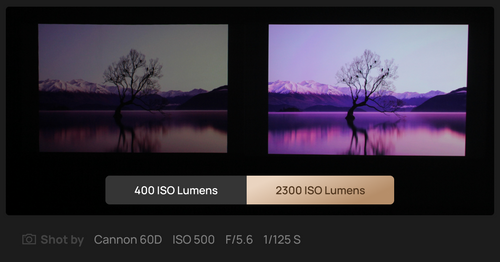
2. Dynamic Range Constraints:
Projectors may face challenges reproducing the full dynamic range required for true HDR. This can result in a less impactful HDR experience than other display devices.
3. Cost and Technology Integration:
Implementing the necessary technologies for HDR in projectors can be costly. Balancing affordability with the demand for high-quality HDR performance remains challenging for projector manufacturers.
How Does XGIMI HORIZON Ultra Broke Up These Limitations

XGIMI HORIZON Ultra was the best 4k long throw home projector 2023. It can be up to HDR10, HLG, Dolby Vision. It uses Dual Light technology as its light source.
Brightness
XGIMI HORIZON Ultra has 2300 ISO lumens brightness. You can also use XGIMI HORIZON Ultra for a Dolby Vision immersive cinematic experience. Dolby Vision brightens highlights up to 40 times more and enhances darks ten times more than standard picture quality. Anything you watch will indeed come alive!
Color Depth
XGIMI HORIZON Ultra is a projector with Dolby Vision; it gives you a greater color depth, allowing you to notice different shades, tones, and brightness levels quickly. Whether viewing a dark movie scene or a TV show with the sunlight at its peak, you get true-to-life colors like never before.
The fantastic contrast Dolby Vision provides also facilitates your perception of lifelike imagery. You will enjoy the details of bright or dark colors and any shades in between displayed during your favorite TV shows, games, and movies.
Final Takeaway
In conclusion, projectors today can be true HDR technology, although many challenges can be overcome. If you want to choose a projector with HDR technology, you can choose to consider the brightness enough (more than 2000 ISO Lumens) and broader color accuracy of HDR projectors.
Projector Recommendations
Just Play, Your Way
Google TV Smart 1080p Projector On-the-Go

Mini Size,
Maximum Entertainment

Mini Remote Control
People Also Read
Everything You Need to Know About HDR
Dolby Vision, HDR10+, & HDR10: Elevating Your Viewing Experience
Differences Between HDR And SDR
Enjoy 10€ off Your Next Purchase
Be the first to know about any news and sales!
*By subscribing, you agree to receive XGIMI's marketing emails and XGIMI's Privacy Policy.





